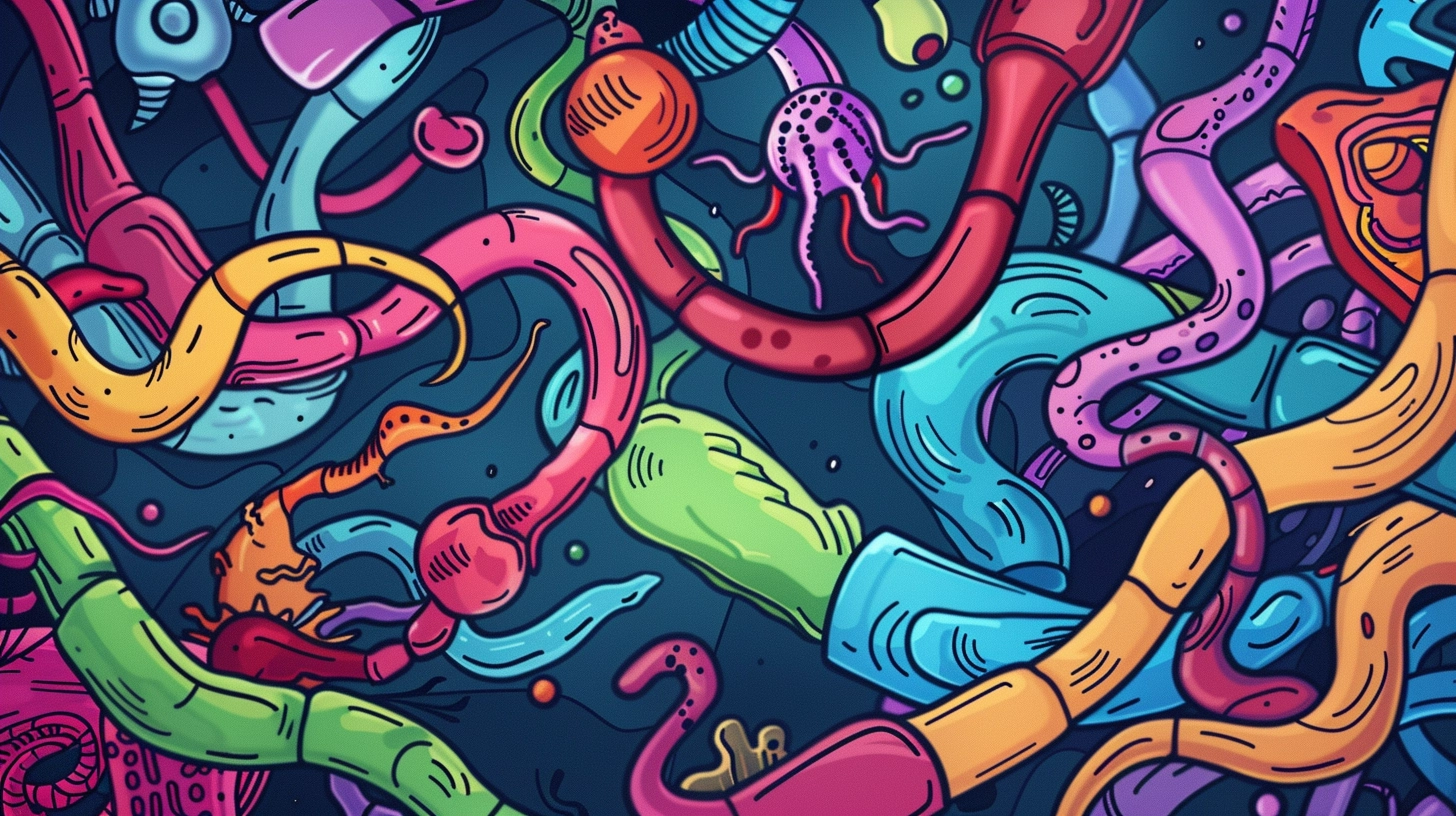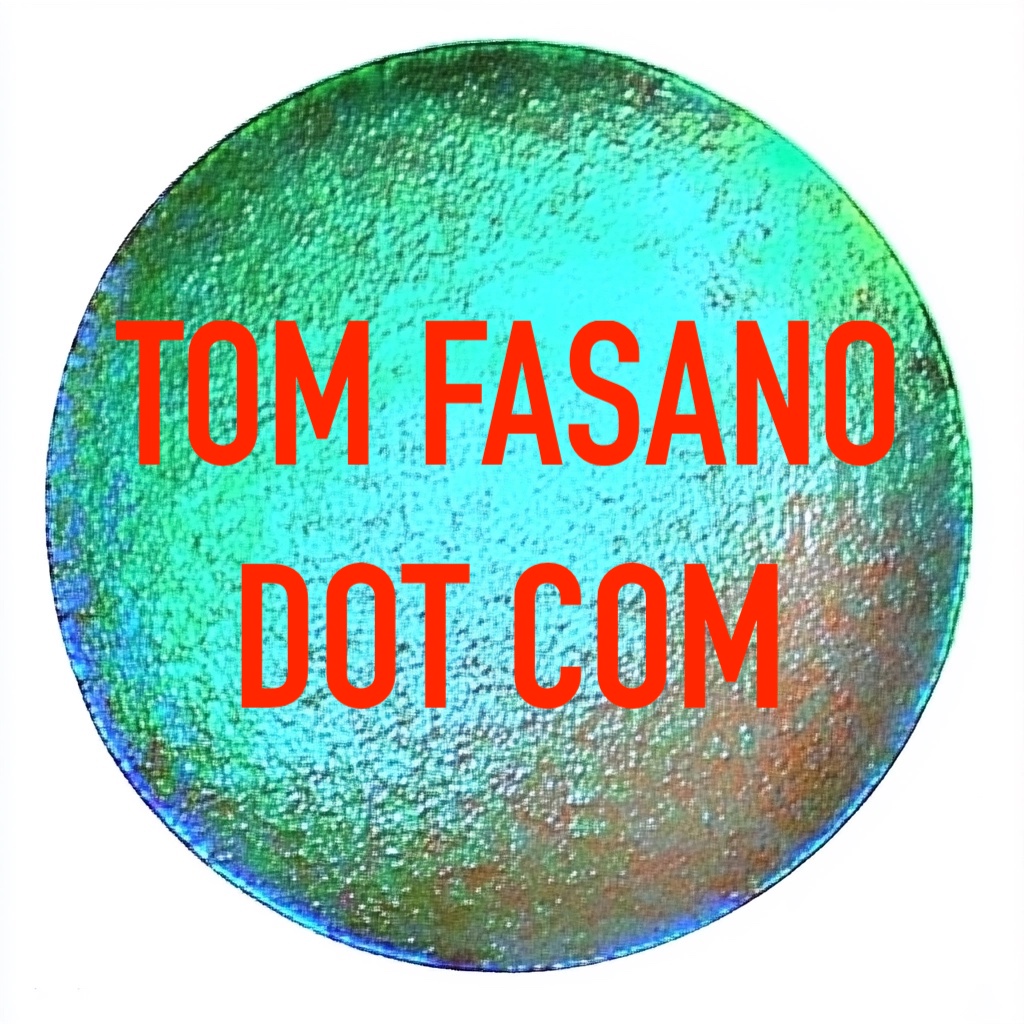

Spontaneous human combustion (SHC) is a concept that has fascinated and puzzled people for centuries. The idea that a human body can suddenly burst into flames without an external source of ignition has intrigued and terrified people, appearing in both literature and alleged real-life cases. But is there any scientific basis to this phenomenon, or is it simply a myth? In this blog post, we will delve into the history, science, and mysteries surrounding SHC to separate fact from fiction.
The first known accounts of SHC date back to the 17th century, with a Danish anatomy expert describing a case from the late 14th century involving a knight called Polonus Vorstius who drank wine before bursting into flames. However, it was in the 19th century that SHC gained widespread attention, largely due to its inclusion in Charles Dickens’ novel “Bleak House.” In the novel, the character Mr. Krook, an alcoholic junk merchant, spontaneously combusts, leaving behind only a heap of ashes and a greasy coating on the walls and ceiling. Dickens defended his use of SHC by citing several real-life cases and medical opinions that supported the phenomenon.
Today, the scientific community has largely dismissed the idea of SHC as a genuine phenomenon. The human body, composed mostly of water, is not easily ignited, and the possibility of SHC occurring naturally seems remote. Proposed causes of SHC, such as bacteria, static electricity, obesity, and stress, have not been scientifically proven. While early explanations relied on outdated medical theories, modern forensic science has provided a more plausible theory known as the “wick effect.” This theory suggests that clothing or blankets can soak up melted fat from a burning body, acting like a candle wick and allowing the body to smolder for an extended period. This effect can result in the near-complete incineration of the body while leaving the surroundings relatively undamaged.
Despite the skepticism, there have been numerous reported cases of SHC throughout history. One notable example is the case of Matilda Rooney, a woman from Seneca, Illinois, who burst into flames on Christmas Eve in 1885, with her body being completely incinerated except for her feet. The fire also claimed the life of her husband, Patrick, who suffocated from the fumes. Investigators found no evidence of foul play or an external source of ignition, leading to speculation that SHC was the cause. More recently, in 2010, an Irish coroner attributed the death of 76-year-old Michael Faherty to spontaneous combustion, as his body was badly burned while the surrounding area remained largely undamaged.
While the idea of spontaneously bursting into flames captures the imagination, the scientific consensus is that SHC is extremely unlikely. The “wick effect” provides a more plausible explanation for many of the reported cases, with an external source of ignition often going undetected or destroyed by the fire. However, with a lack of concrete evidence, the mysteries surrounding SHC continue to intrigue and leave room for speculation.


The world of parasitic worms is both fascinating and horrifying. These uninvited guests can wreak havoc on their hosts, causing pain, discomfort, and even death. Here’s a list of seven parasitic worms that are particularly notorious for their impact on humans and other organisms.
1. Guinea Worm (Dracunculus medinensis)
The Guinea worm, also known as “dragon worm,” is a spaghetti-like parasite that infects its hosts through contaminated water sources. The female worm can grow up to a meter long and emerges from the skin, usually on the legs or feet, causing a burning pain. The only way to remove the worm is to gradually wrap it around a stick, a process that inspired the design of the caduceus, the symbol of the medical profession.
2. Tapeworms (Taenia solium)
Tapeworms are flatworms that infect humans through the ingestion of eggs or larvae, often found in undercooked meat or contaminated food. They attach themselves to the intestinal wall and can also burrow into muscles, skin, eyes, or the brain, causing cysticercosis, a serious condition that can lead to death.
3. Pinworms (Enterobius vermicularis)
Pinworms are common intestinal parasites, especially in children. They cause itching around the anal opening as the female pinworms lay their eggs during sleep. The eggs are then accidentally ingested, perpetuating the cycle of infection.
4. Heartworms (Dirofilaria immitis)
Heartworms are foot-long worms transmitted by mosquitoes. They can live in the hearts of dogs and cats for five to seven years, causing cardiovascular blockages. They have also been found in various parts of the human body, including the brain, eyes, lungs, and testicles.
5. Nematodes (Ascaris lumbricoides)
Nematodes are large intestinal worms transmitted through the ingestion of eggs, usually from contaminated soil or feces. They are characterized by a mouth surrounded by three lips and are estimated to infect over a billion people worldwide, causing tens of thousands of deaths each year.
6. Whipworms (Trichuris trichiura)
Whipworms are tiny, measuring about four centimeters in length, but they are highly prolific, with mature females laying thousands of eggs daily in the colons of infected individuals. Close to a billion people are infected with whipworms, which can cause discomfort and health issues.
7. Australian Paralysis Tick (Ixodes holocyclus)
Although not a worm, this tick deserves a mention due to its devastating impact. The Australian paralysis tick secretes a neurotoxin that causes paralysis, and if it affects the lungs, it can lead to death from respiratory failure. There is currently no antivenom for this tick’s toxin.
These parasitic worms highlight the diverse and insidious ways in which certain organisms exploit their hosts, causing discomfort, illness, and sometimes even death. They serve as a reminder of the ongoing battle against parasitic infections and the importance of public health initiatives to control and eradicate these unwelcome guests.













Recent Comments